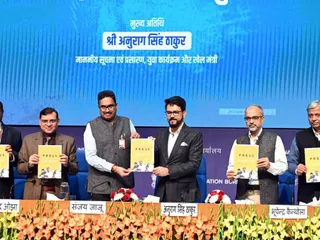The Ashgabat Agreement on International Transport and Transit Corridor is a significant multilateral accord aimed at simplifying and streamlining the movement of freight across Central Asia. Signed on December 14, 2011, in Ashgabat, Turkmenistan, it represents a crucial step towards regional economic integration and cooperation in the field of transport. The agreement seeks to harmonize transport regulations, reduce bureaucratic hurdles, and ultimately promote trade and economic growth among participating states.
Member States: The core members of the Ashgabat Agreement are five Central Asian nations: Turkmenistan, Uzbekistan, Kazakhstan, Kyrgyzstan, and Tajikistan. Afghanistan also joined the agreement in 2011. This broad participation encompasses a strategically vital region connecting South Asia, Central Asia, and Western China, opening up significant opportunities for international trade and transit.
Key Provisions: The agreement establishes a robust framework for simplified and efficient transport operations across the participating countries. It includes provisions related to:
- Harmonization of transport regulations: The agreement works to unify or at least significantly reduce discrepancies in transport rules, regulations, and procedures across member states, making cross-border transport smoother.
- Streamlining customs procedures: The aim is to expedite customs clearance processes, reducing delays and associated costs for businesses engaged in international trade via the corridor.
- Simplified border crossing procedures: Easier border crossing procedures for vehicles and goods reduce transit times and enhance the overall efficiency of the transport network.
- Multilateral cooperation: The agreement promotes collaboration among member states on transport infrastructure development, maintenance, and technological advancements.
- Dispute resolution mechanisms: A structured mechanism for addressing disputes among member states regarding the agreement's implementation ensures a stable and predictable environment for businesses.
Impact and Challenges: The Ashgabat Agreement has the potential to significantly transform the regional landscape by facilitating increased trade and investment. The creation of a more efficient and reliable transport network can unlock economic opportunities and contribute to regional development. However, challenges remain. These include the need for consistent implementation of the agreed-upon rules and regulations, investing in and upgrading transport infrastructure, addressing security concerns, and overcoming political differences among member states. Furthermore, the full potential of the agreement can only be realized through effective collaboration and commitment from all parties involved.
Future Prospects: The Ashgabat Agreement represents a considerable step towards regional integration, but its long-term success depends on sustained political will, continued investment in infrastructure, and enhanced cooperation among all member states. Addressing the existing challenges and fostering a stronger sense of shared purpose will be vital in maximizing the agreement's positive impact on the economic and social development of Central Asia.
While the agreement aims to reduce transit time and cost, logistical complexities within the region, including varying infrastructure levels and border crossing procedures, continue to present challenges. Ongoing dialogue and cooperation are needed to overcome these obstacles and fully realize the potential of the Ashgabat Agreement to unlock Central Asia's economic potential.
































